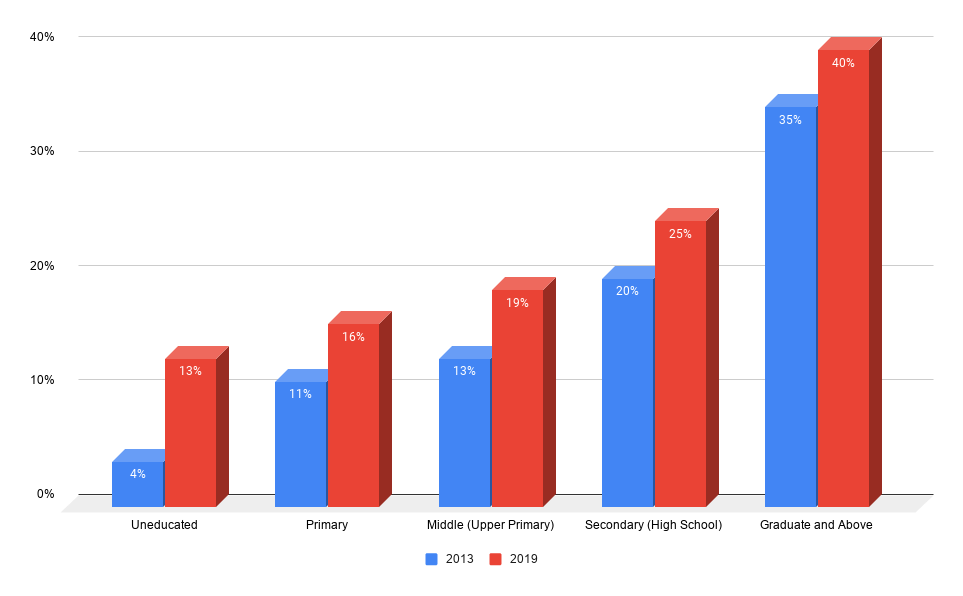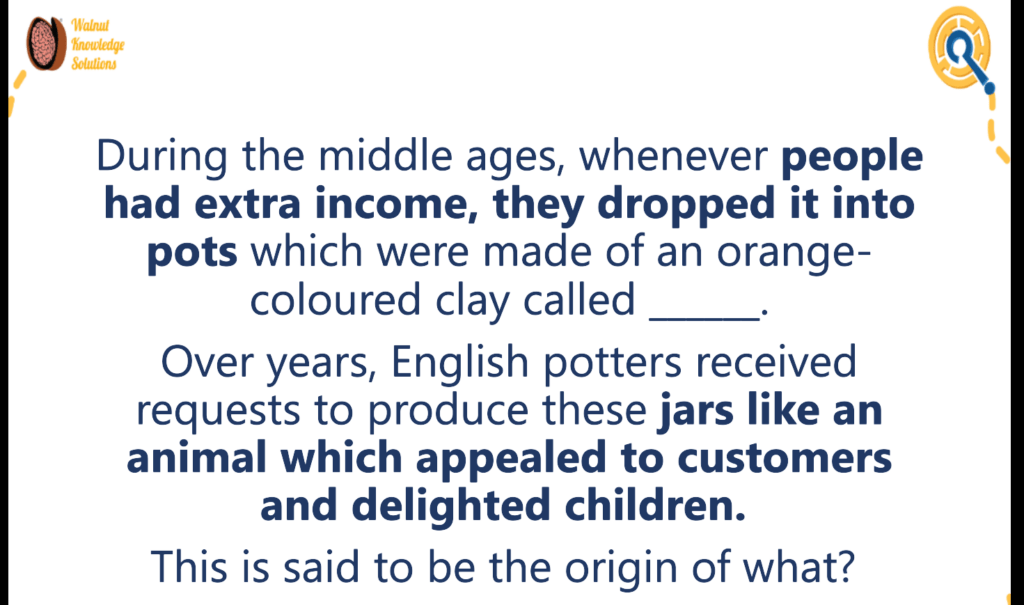As another financial year comes to a close and a controversial exam season begins, ask yourselves this: isn’t it ironic that we teach our children how to calculate taxes and complex interest in schools; yet, every year, entire batches of India’s youth graduate from high school not knowing how to file income tax returns or where to invest their savings?
Studies show that teaching children financial skills before they enter college or the workforce is crucial in helping them grow into financially secure and successful adults. While ‘Financial Literacy’ can mean different things to different people, let’s agree on a basic understanding: being financially literate implies knowing how money works, and how you can put your money to work for you. In 2014, it was found that almost 76% of India’s adult population could not understand even basic financial concepts. The stakes of being financially illiterate are arguably higher for those families who live in hard-to-reach parts of the country with sparse access to financial institutions. A household’s lack of financial know-how leaves them at the mercy of informal moneylenders and damages their resource-management, be it in the form of saving for contingencies, investing productively, or borrowing within their means.
Now ask yourself this: which institutions are equipped to inculcate financial literacy in the masses, and at what stage should our citizens begin their journey with learning how to handle money? “Financial literacy needs to be included as part of the school curriculum”, argues Raghav Chakravarthy, the co-founder of QShala, a learning platform that fosters life-skills and curiosity in children. “Introducing the value of money, saving habits, and entrepreneurial thinking at a young age via projects, experiential learning experiences, and interesting stories will get children to be curious about money and build the foundation for making better financial decisions in the future,” Raghav adds.
How did we get here?
“Financial Literacy can be viewed as the first step towards ensuring… comprehensive Financial Inclusion… which needs to be prioritized to ensure that the fruits of development become easily accessible to every strata of society,” claims the National Centre for Financial Education website.

The reality is that financial literacy occupies a tenuous position in our students’ curricula, regardless of the educational board in question. Although it is widely acknowledged to be essential for a child’s holistic education, in practice, many schools often neglect the subject, partly due to their own resource constraints.
“This [financial literacy] was a need that had been identified many years ago by educators,” Seema Jerath, Principal of DLF Public School in New Delhi says. “Having said that, our curriculum is already very content-heavy. Adding anything to it feels criminal, and [the education boards] are already talking about reducing curriculum to include only core concepts,” she qualifies. To make matters more difficult for administrators, most teachers are not trained to teach financial concepts to children in an effective and comprehensible manner.
“There are several challenges that make teaching financial concepts difficult — the most pressing one being the attitude that managing finance or money is something that children do not need to be bothered about at an early age… that [children] should only start thinking about it when they start earning”, says Raghav. His time curating and teaching Qshala’s Financial Literacy modules have reified his belief that a child’s interest in matters like finance, money, and economics can be sparked by making the learning experience fun and engaging. Research from Cambridge suggests that children start understanding the concept of saving and spending as early as the age of three, and that a child’s financial habits are typically set by the time they are seven years old.
Parents and teachers must come together
The unfortunate reality as per existing literature is that not all students will have the privilege of learning financial literacy in the innovative ways that Raghav suggest. None of the existing education boards in India mandate the incorporation of financial literacy in its courses or methods. When schools do teach financial concepts, the emphasis is often on theoretical models; administrators and teachers also tend to view the subject as ‘secondary’ within the prescribed syllabus.
“A large part of being financially literate depends on a child’s family environment and upbringing… besides depending on schools and the curriculum, parents should push their children to understand finances and grow holistically,” opines Mrs Shraddha, a teacher at a high school in Bengaluru. Raghav alluded to something similar, stressing on the need to “weed out stigmas” around money matters. “Parents need to start trusting children with money and creating safe spaces to speak about money, debt, and investments with their children,” he says. Through Qshala’s workshops, Raghav’s team experiments with fun ways to make children have their own piggy banks and introducing them to basic finance. Here’s a snippet from one such workshop:

For example, Social Studies can be used as a subject that introduces students to the financial sector as a social institution, and the various government and public bodies that form it. It could help teach the concept of money, how administrative and political policies shape our personal lives, and how national and international markets function.
It’s time to make our children finance-friendly
There is a general consensus that personal finance is a fundamental asset for being ready to begin university and a career. Thus far, school curricula restricts financial concepts to students who intend on pursuing a major or career in the field. However, teaching children about how money and markets work early on and throughout their schooling can have several knock-on benefits when they begin their adult lives. Children who understand the workings of finance and allocating resources early on often develop an entrepreneurial spirit.

A nation-wide movement towards improving financial literacy in schools can have a long-term benefit on India’s economy and citizens’ standards of living. For this to happen, facilitators need relevant teaching material, targeted professional development, and interactive projects for students to take home. Only a fun and illustrative pedagogy can incorporate concepts that can enhance children’s financial literacy without adding to their academic burdens.
Featured image by The Bastion






